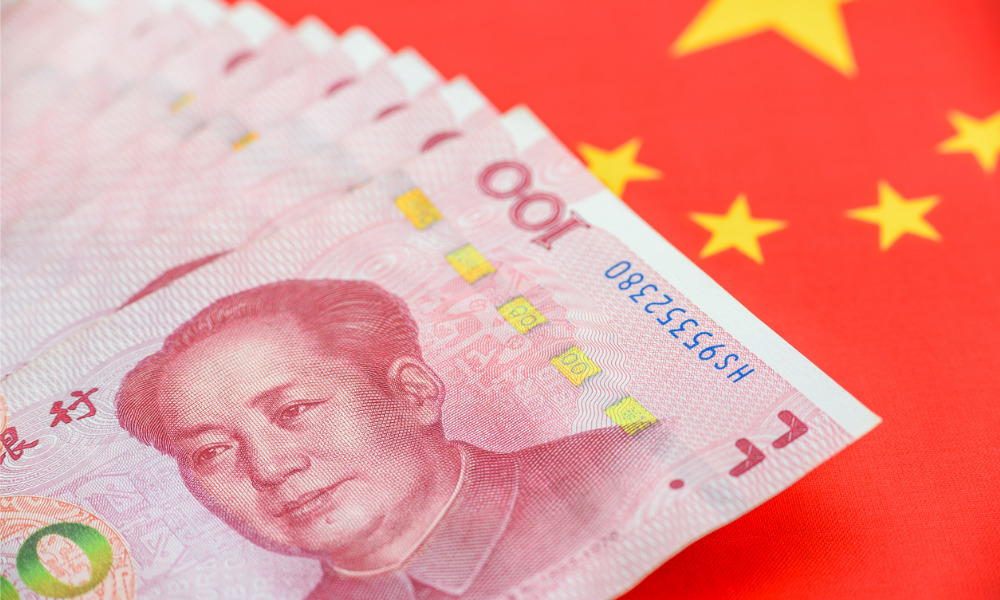Analysis of credit spreads within sub-industry points to spillover effects from property giant’s potential default

In recent months, global investors’ already-shaken faith in China was tested further when one of the country’s foremost property developers, China Evergrande Group, was pushed to the brink of bankruptcy. At one point, it was a focal point of attention as market watchers uneasily weighed the prospects of its defaulting on a crucial payment on offshore bond issuances.
Following the high-profile news of its struggles, other Chinese bond issuers have also had a tough time. And as a new analysis from MSCI suggests, the property-developer subsector has been especially stressed.
“To shed light on the Chinese property-developer sub-industry, we created an equally weighted model bond portfolio of the four largest issuers, after excluding Evergrande,” Daniel Molnar, senior associate at MSCI Research, wrote in a recent blog post. “These four issuers together have nearly USD 40 billion of debt outstanding in offshore bonds.”
The average offshore credit spreads for that model portfolio, Molnar found, widened dramatically between June and November 2021. Over the same period, high-yield bonds also saw a substantial but not-as-significant rise, while spreads in the investment-grade segment have remained roughly consistent.
“[I]ncreasing credit spreads resulted in a 32% drawdown in our model portfolio between June 2021 and the beginning of November,” he said. “But institutional investors may have faced additional losses when exiting these positions.”
The MSCI researchers also estimated the cost of liquidation – which consists of bid-ask spread and market impact – within one day for different trade sizes. Based on their analysis, increasing bid-ask spreads did not fully capture the extent of worsening liquidity.
They found that more than half of the transaction cost for a larger trade size of US$5 million, for example, contributed more than half of the total transaction cost. Costs for larger trade sizes, they estimate, may have roughly tripled for larger trade sizes during the analysis period, leading to an additional 2% loss on top of the market drawdown.
“With increasing credit spreads and market drawdowns among Chinese property developers, the situation was exacerbated by deteriorating liquidity conditions over the past few months,” Molmar said. “Our analysis has focused on Chinese property developers, but it may have lessons for other areas of the market that may experience distress, and highlights the importance of tightly integrating liquidity into risk management.”



